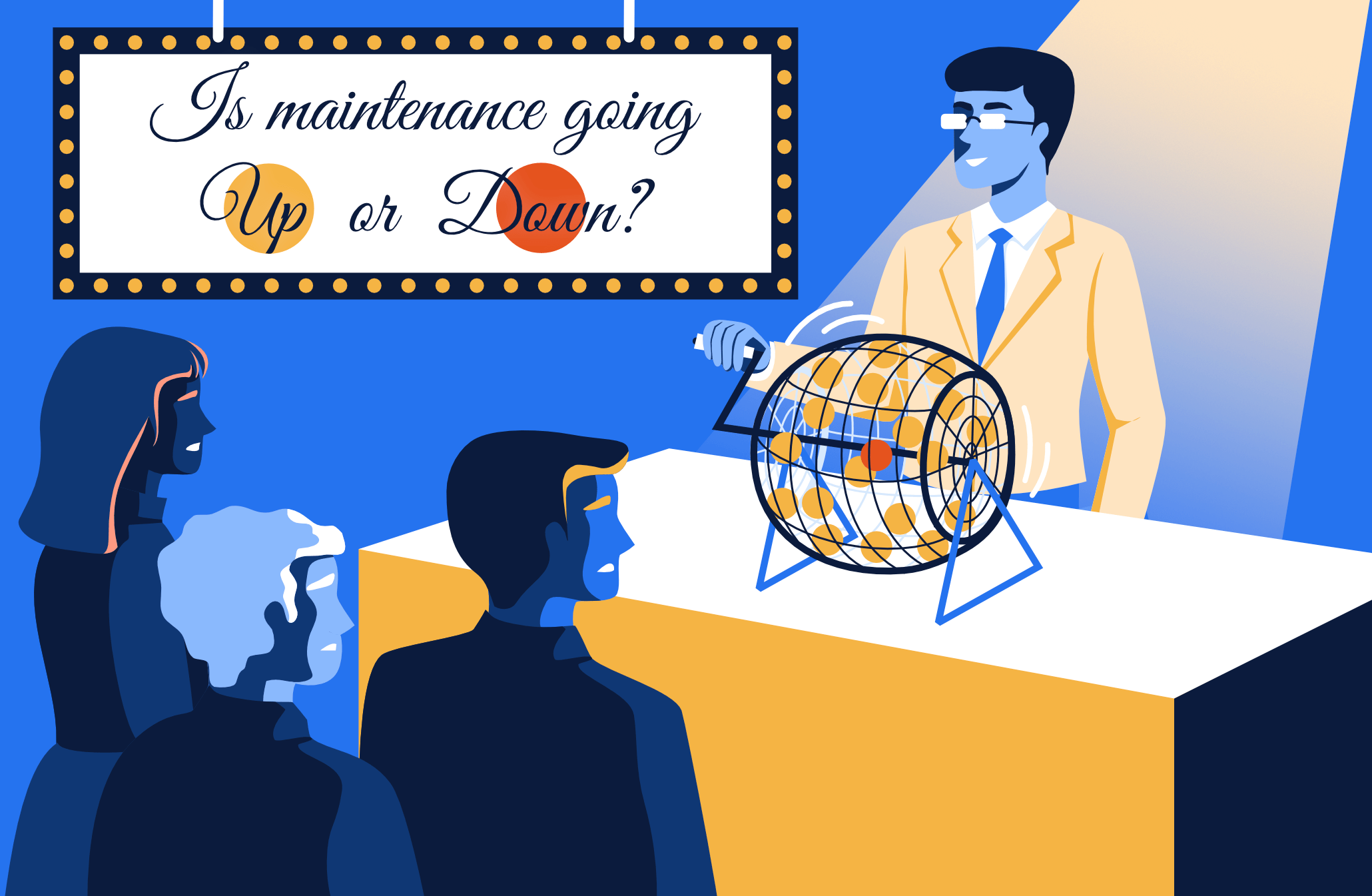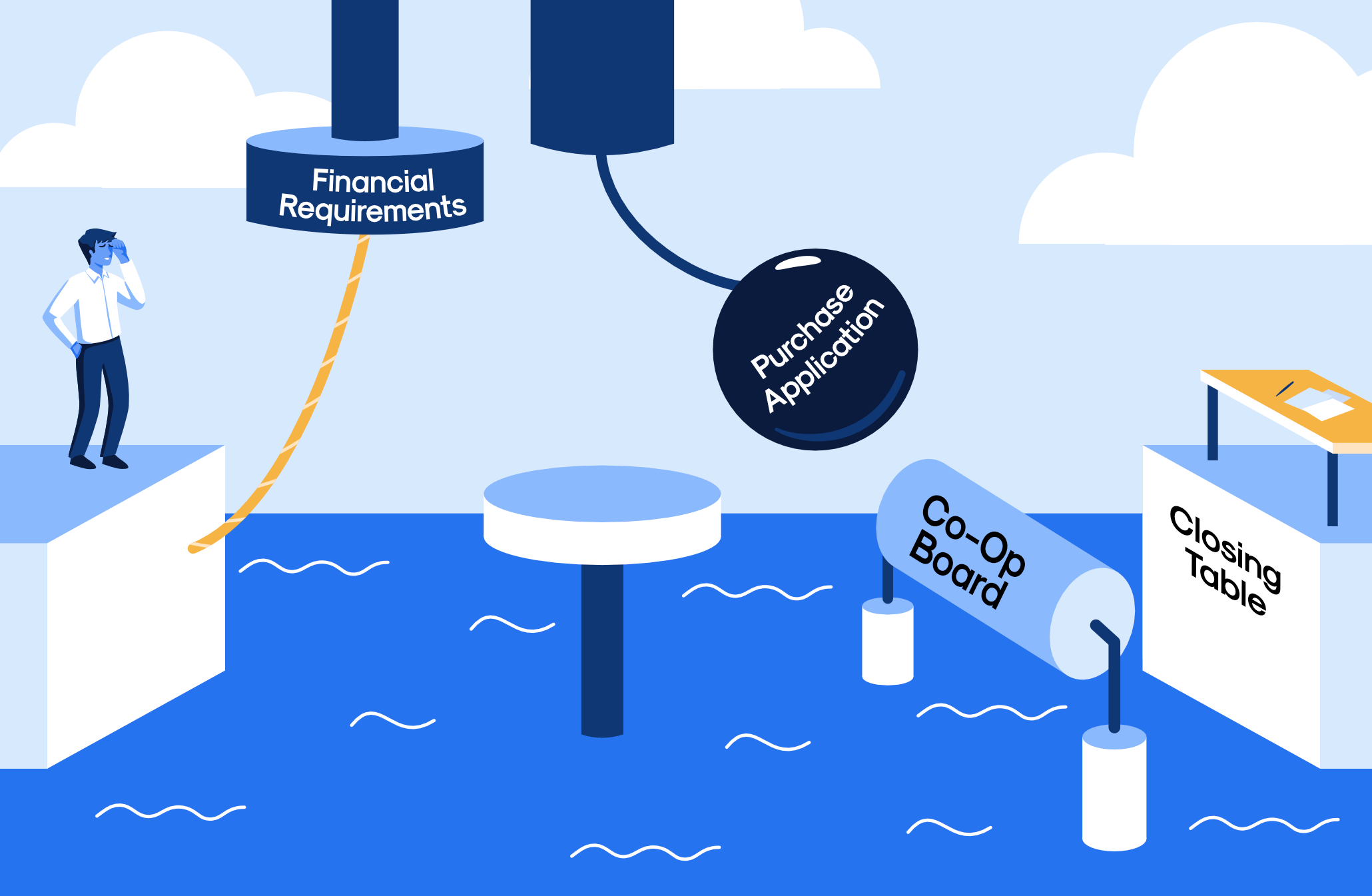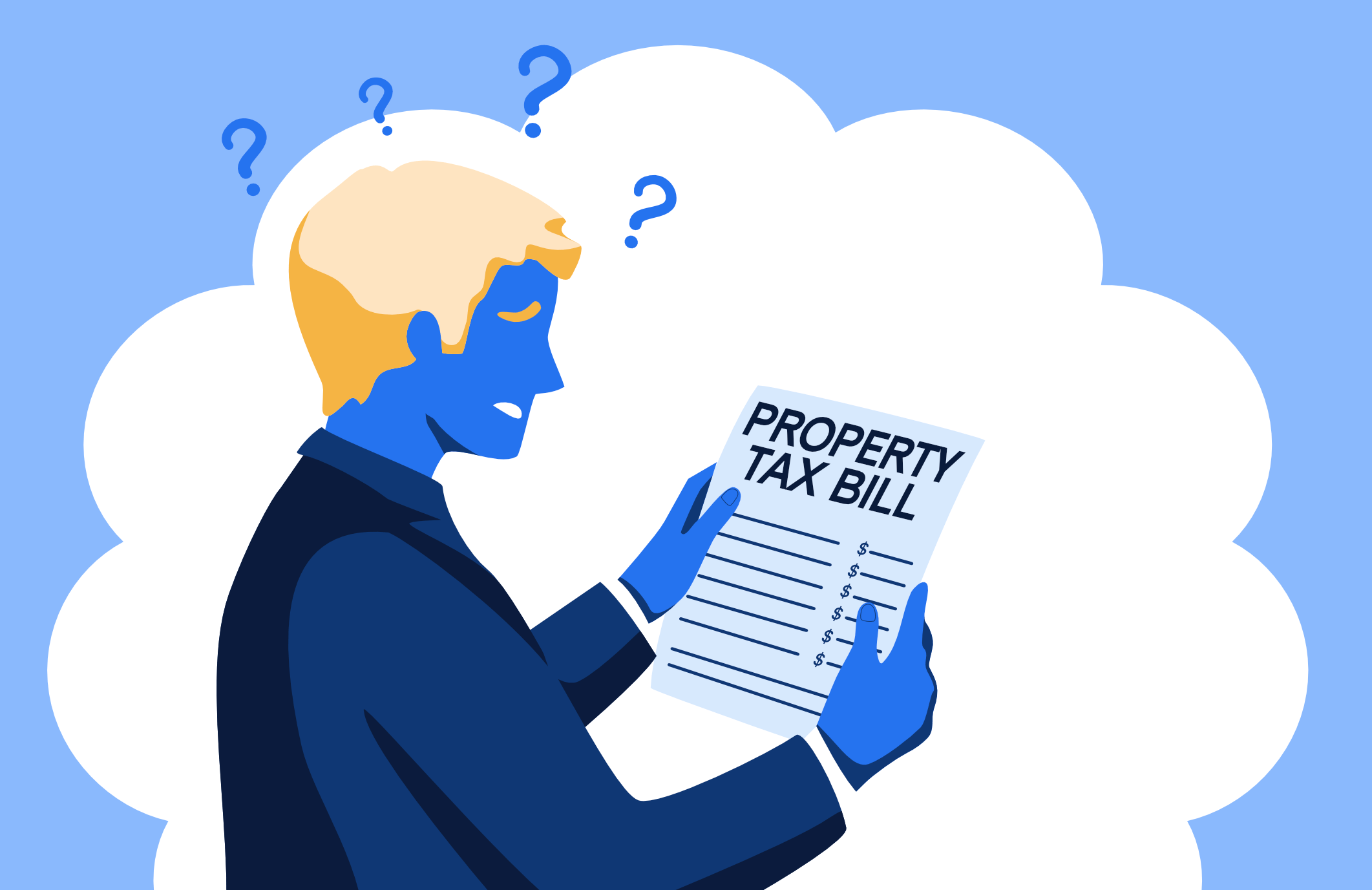When you’re in the market for a co-op apartment, the asking price is the star of the show but you should be paying close attention to the maintenance as well. It can make a significant impact on the total cost of owning the apartment and your ability to purchase it in the first place.
What is co-op maintenance?
Co-op maintenance is paid monthly to the building to cover both common charges and property taxes. This is unlike a condo where you receive two separate bills - one from the building for common charges and another from NYC for property taxes. Common charges are used to pay for general building upkeep and essentially the same as HOA fees.
These payments are combined in a co-op because shareholders do not get individual tax bills. Instead, the building receives a bill which is then divided among the shareholders in accordance with the number of shares they own.
Maintenance obviously matters because you’re going to be paying it every month but it also can affect your ability to purchase the apartment in the first place. Most commonly, it is combined with your mortgage payment to form the “debt payment” used in both your debt to income ratio and post closing liquidity. These are the two main financial requirements co-op boards consider in evaluating your financials.
How much does co-op maintenance typically increase?
Just like everything else in NYC, co-op maintenance goes up. Boards often review the building’s finances at the end of each year so increases usually happen shortly thereafter in January or February.
You won’t see an increase at every building, every year but increases of 3-4% per year are normal.
While it’s probably happened, it’s very rare to see maintenance fees go down. Most of the costs embedded within maintenance move in one direction - up. Your property taxes, staff salaries, utility bills, etc are usually on autopilot. There can be windfalls - for example if a building uses oil heat and oil prices decline significantly - but even then, boards will usually keep maintenance flat to soften the blow of future increases.
Should you buy a co-op with high maintenance?
There is always a tradeoff between an apartment’s maintenance and the purchase price. There is one building in Soho that Yoreevo came across where the co-op still owned the retail space. Obviously that was very lucrative and shareholders didn’t have to pay any maintenance whatsoever.
On the other end of the spectrum are buildings with ground leases where you have a significant additional payment embedded in the maintenance each month.
Is the Soho building priceless and a ground lease building worthless? Of course not. But those maintenance levels factor into the overall value of each building. All else equal, the higher the maintenance, the lower the value.
In very rough terms, you should expect maintenance to be $2-3 per square foot per month. The lower end is appropriate for bare bones buildings like walkups and the higher end for full service luxury buildings. Most of the time you’ll be somewhere in the middle.
After seeing a handful of similar buildings, you’ll get a good sense for what a normal level of maintenance is for that particular type of product.
How to look up a co-op’s maintenance history
The maintenance history for a co-op or specific apartment is not explicitly available online but Yoreevo has a good trick that can help.
First, it’s important to note maintenance is billed on a per share basis. In other words, when you buy a co-op, you will be buying a certain number of shares in the overall building and the right to live in a specific unit. The number of shares allocated to each apartment generally correlates with the value of the apartment so if a 1BR has 125 shares, a 2BR might have 240 shares.
The co-op will then bill a certain amount of maintenance per share per month. In the example above, let’s assume that was $11.50 meaning the 1BR’s monthly maintenance bill would be $1,437.50 and the 2BR’s $2,760.
Because the number of shares is fixed, every unit’s maintenance goes up at the same rate and we can use this fact to determine a building’s maintenance history. All you need is an apartment in the building that has been on the market both recently and however far back you’d like to go.
For example, we recently had clients considering an apartment in 201 East 66th Street who wanted to know how much maintenance had increased over the years. A quick flip through the old listings showed #14P was listed recently (here) and ten years ago (here). Over those ten years, the maintenance went from $1,068 to $1,608, an increase of about 4% per year.
We know this is a little technical so if you would like help determining a building’s maintenance history, please reach out to us at info@yoreevo.com or give us a call at 212-365-0151.


